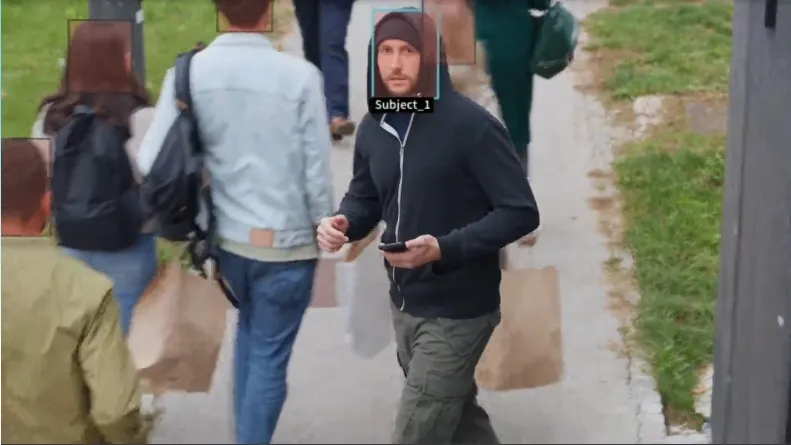Training Law Enforcement Officers on Video Redaction: Best Practices and Key Considerations

In today’s world, law enforcement agencies are increasingly using video footage for investigations, public safety, and accountability purposes. With this surge in surveillance, the importance of privacy protection has grown. Video redaction software has become a vital tool for law enforcement to ensure that sensitive information, such as faces, license plates, and personal details, are obscured before footage is shared with the public, media, or courts. However, for this technology to be effective, law enforcement officers must be adequately trained in its use. Let’s explore the best practices and key considerations for training law enforcement officers on video redaction.
Best Practices for Training Law Enforcement Officers
Training law enforcement officers on video redaction software involves both technical and ethical components. Here are some best practices to ensure a comprehensive training programme:
- Hands-On Training: One of the most effective ways to learn is through hands-on experience. Officers should be given access to video redaction software during training sessions so they can practice using it in real-life scenarios. The more familiar officers are with the software, the more efficient and accurate they will be when using it on the job. Here is an easy-to-use redaction tool for police.
- Scenario-Based Learning: Providing officers with various video footage scenarios—ranging from bodycam footage to CCTV footage—is essential. Training should include different contexts where redaction may be required, such as protecting the identities of witnesses or obscuring private information in public footage. This will help officers gain practical experience and understand when and why redaction is necessary.
- Comprehensive Privacy Training: Officers need to be aware of privacy laws and regulations such as the General Data Protection Regulation (GDPR) and the Data Protection Act. Understanding how these laws affect video redaction processes will help officers make informed decisions about which data to redact and why.
- Emphasising Ethical Considerations: It's essential to train officers not only on how to use the software but also on the ethical implications of video redaction. They should be taught about the importance of balancing transparency, accountability, and privacy. Officers should understand that redacting information isn’t just a technical task—it’s a critical part of upholding public trust.
- Regular Refresher Training: Given that technology and privacy laws evolve, it’s crucial to offer ongoing training and refresher courses. This ensures that officers stay up-to-date on the latest advancements in video redaction software, as well as changes in legislation or best practices.
Key Considerations When Implementing Video Redaction Training
When rolling out training programmes, law enforcement agencies should consider several key factors to ensure success:
- User-Friendly Software: The software selected for video redaction should be intuitive and easy to use. Complicated systems can slow down officers and lead to mistakes. When choosing a redaction tool, agencies should ensure it’s designed with the user experience in mind, so officers can focus on accuracy rather than struggling with complicated controls.
- Time Efficiency: Training should be designed to help officers become proficient quickly, without sacrificing accuracy. Redacting video footage can be time-consuming, so agencies must train officers on how to expedite the process without compromising quality. This includes learning keyboard shortcuts, batch processing tools, and automated redaction features that save time while maintaining accuracy.
- Cross-Department Collaboration: It’s essential for different departments—such as legal teams, IT staff, and public relations personnel—to collaborate in the training process. Video redaction isn’t just an operational task; it has legal and public relations implications. Involving legal experts and IT professionals in the training will ensure that officers understand the full context in which they are redacting footage.
- Clear Documentation: Officers should have access to a comprehensive guide or manual that outlines the proper steps for video redaction. This documentation can serve as a reference for officers when they need assistance during the process and ensures consistency across the department.
- Security and Data Handling: As video footage can often be sensitive, officers need to be trained on proper data handling and storage protocols. They should know how to securely store redacted footage, how to share it safely, and how to protect data from potential breaches. Ensuring that the redacted video remains secure is just as important as ensuring privacy during the redaction process.
Conclusion
Training law enforcement officers on video redaction is a critical step in ensuring that sensitive video footage is handled responsibly and ethically. By implementing hands-on, scenario-based training, emphasising the importance of privacy laws, and addressing common challenges, agencies can equip their officers to use redaction software effectively. With the right training in place, law enforcement can protect individual privacy, uphold public trust, and remain transparent while ensuring that justice is served.